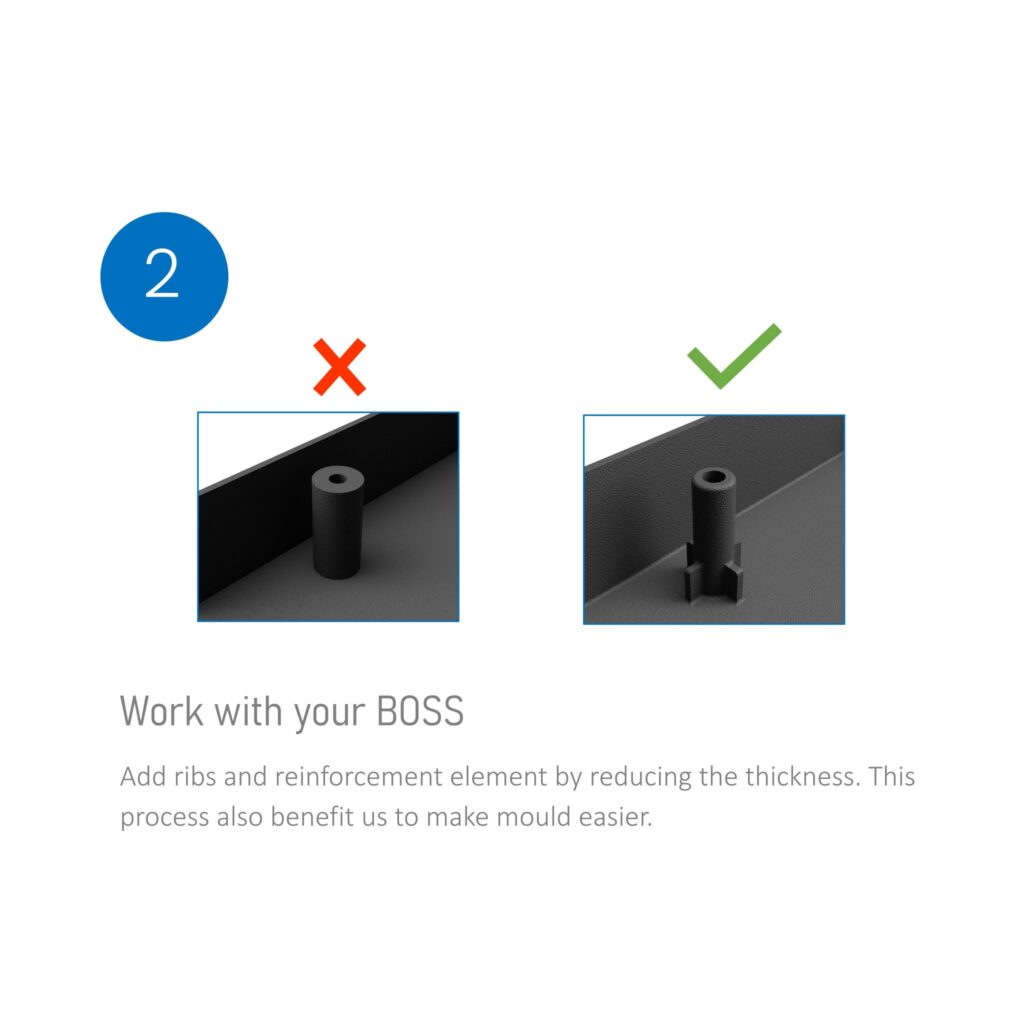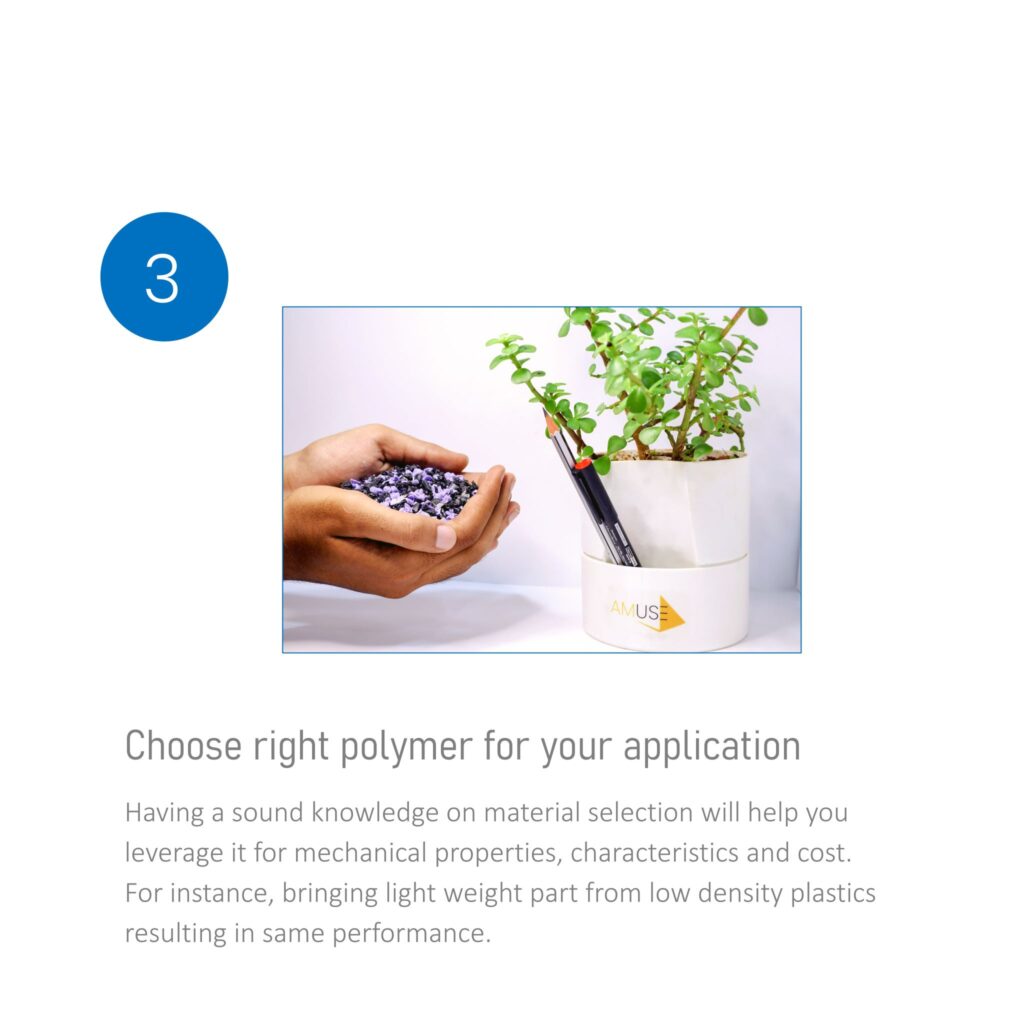When we try to minimize part cost, we tend to think of sophisticated ways to achieve it. The best thing is that simple design changes can help you save weight while avoiding unnecessary costs in your plastic parts. Let's explore in this blog.
The amount of material in part is expressed as part weight. It is usually a fixed price for the part and may differ from the cost of raw materials. Using less material is one way to reduce part weight. In this blog, we majorly see how we can cut costs and material in plastic injection moulding approaches:
Let's take a look at machining.
Understand Your Material- The first step in reducing part weight is understanding your material. This will assist you in determining what type of machine can best cut the material and how much will be required for that machine.
Plan Ahead - If possible, plan before when it comes to cutting metal parts or metal sheets because it allows for better management of resources such as workforce and equipment.
1. Avoid solid portions
Understand your material. Design parts with uniform thin wall thickness to fit your application. Besides, you will eliminate parts distortion, warping and sink mark issues.

2. Work with your BOSS
Add ribs and reinforcement elements by reducing the thickness. This process also benefits us to make mould easier.

3. Choose the right polymer for your application
Having a sound knowledge of material selection will help you leverage it for mechanical properties, characteristics and cost.
For instance, bringing lightweight parts from low-density plastics results in the same performance.

Bonus Design Tips for Injection Moulding
- Thickness of ribs – 0.5 to 0.75T
- Distance between two ribs – 2T
- Height of the ribs < 3T
- Boss thickness – 0.6T or (2/3T)
- Radius at the bottom of the ribs – 0.25 to 0.5T
- Distance between two bosses – D + 2T (D is the outer diameter of the boss)
- Radius at the bottom of the rib – 0.25T
Note: T is the wall thickness of the part.
Summary:
Use fewer pieces per component: If you're making a part from a single piece of metal, don't try to cut it up into multiple pieces—you'll pay more! Instead, make an effort to start with fewer pieces. For example, try substituting one extra piece if you need three details for your component but only have two. Then, combine them all when you get to the assembly step!
Make minor adjustments: While it is sometimes necessary to use more than one component or piece of material if there is one thing that will save you money on parts, it will be making minor adjustments like these! If you're making something substantial and expensive (like new automatic transmission )it doesn't matter how minor the adjustment is, but if it's something small like a pulley, every little bit counts!


.png)